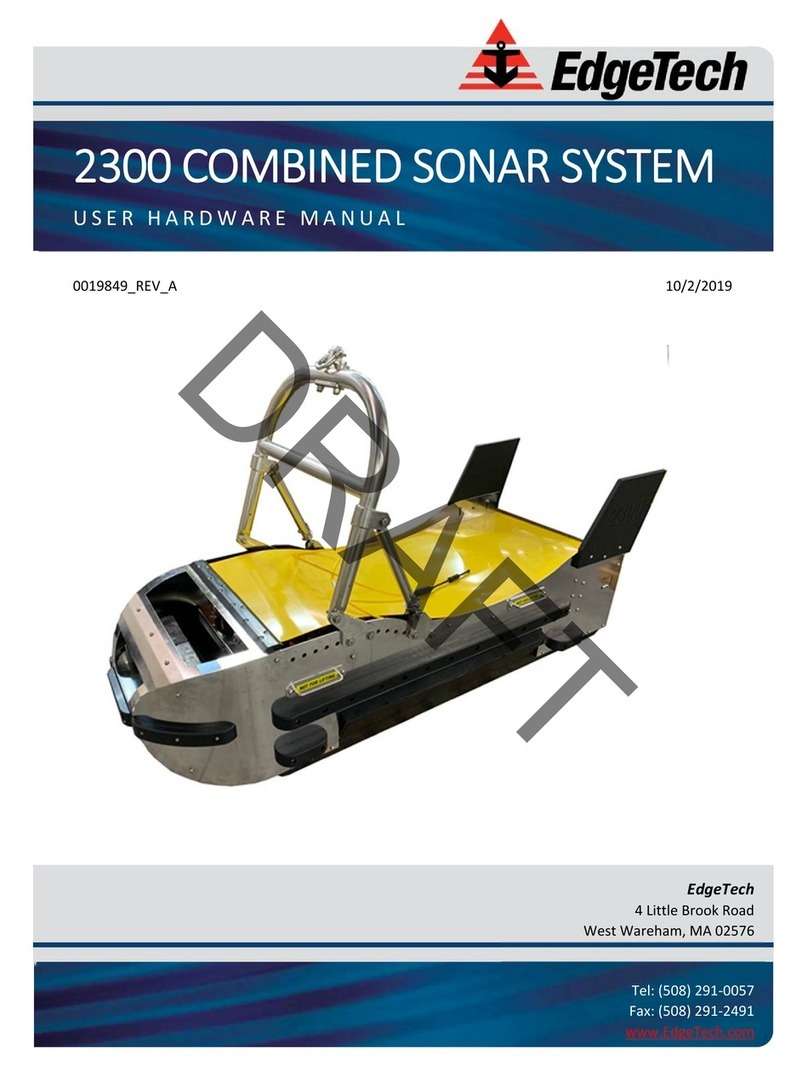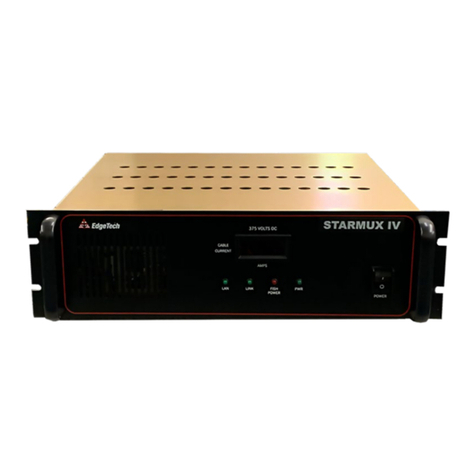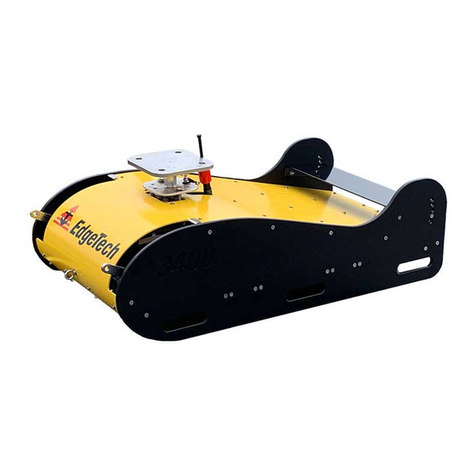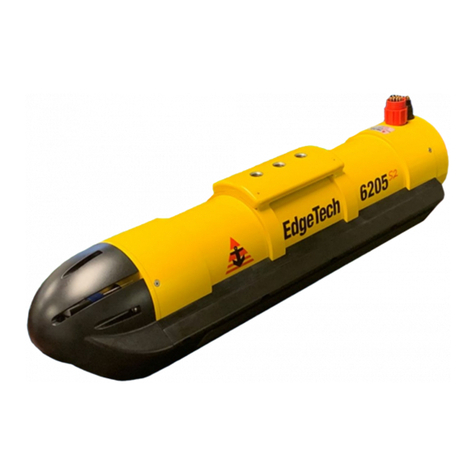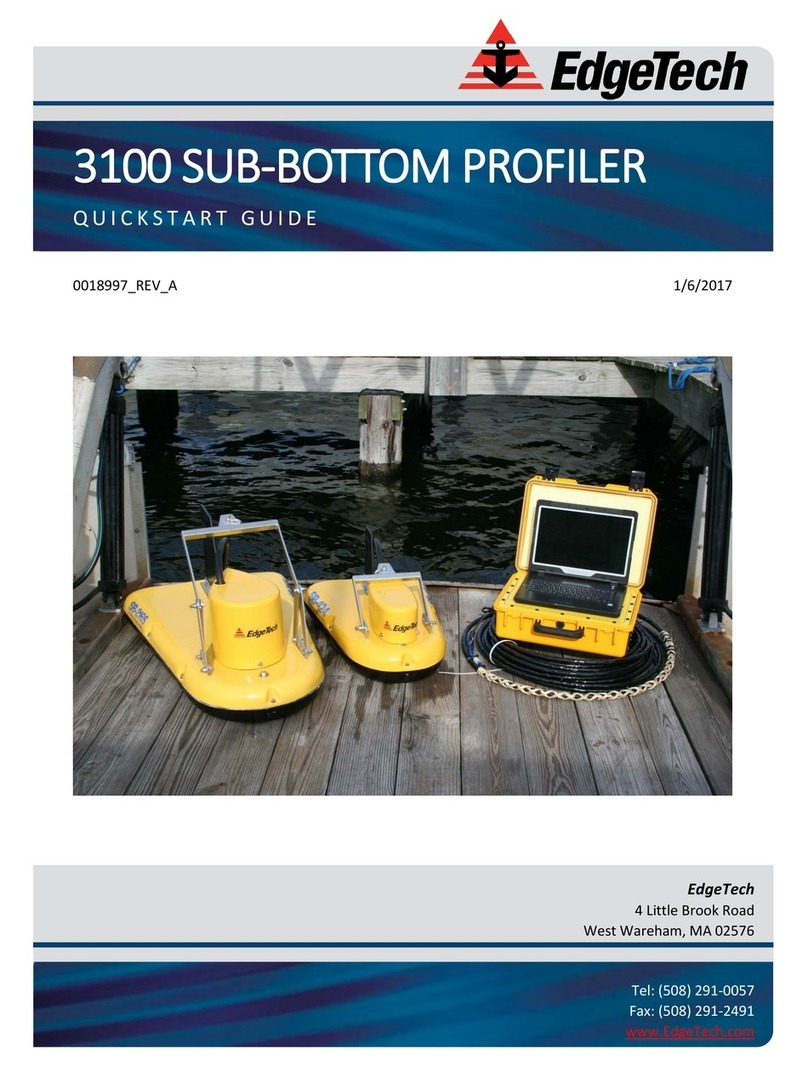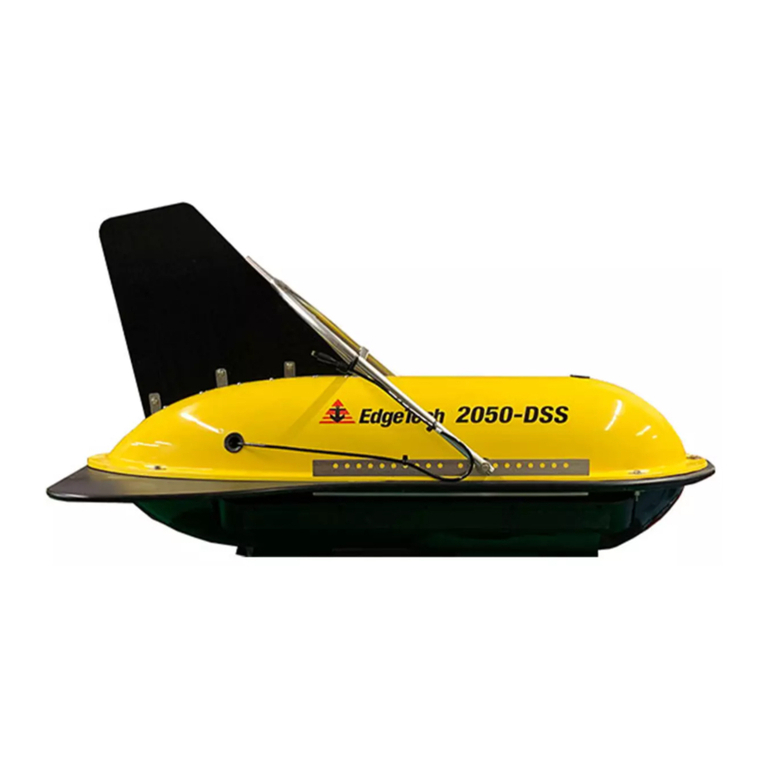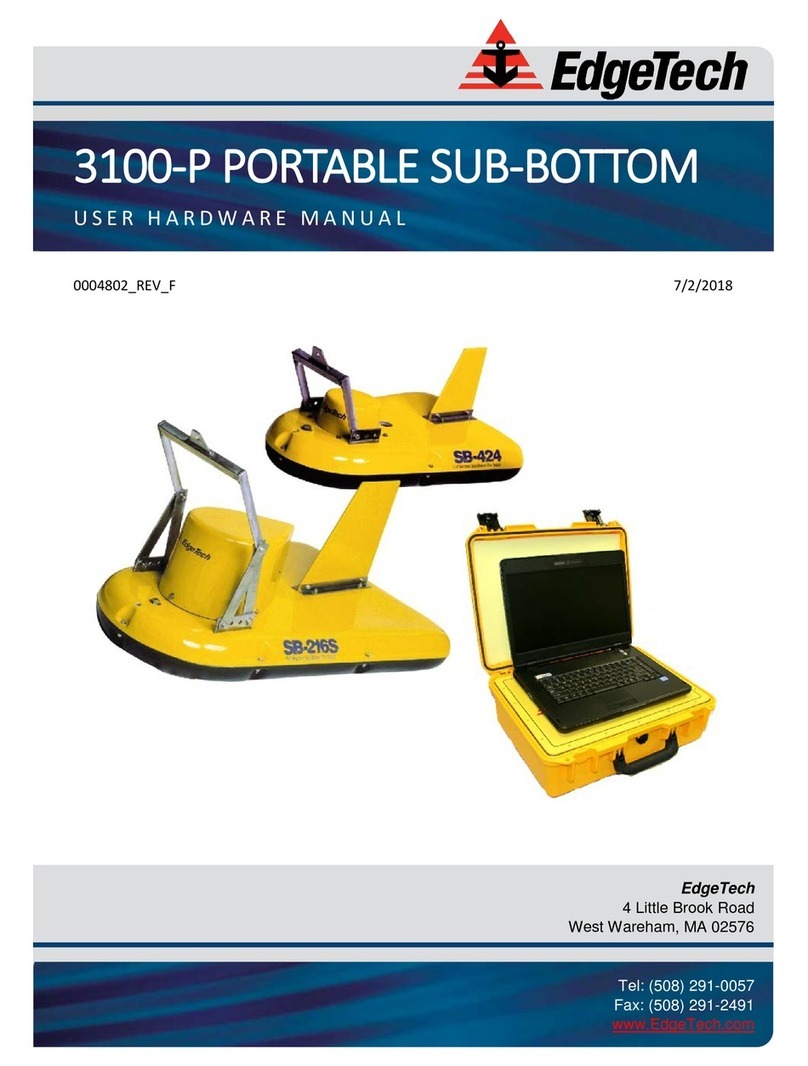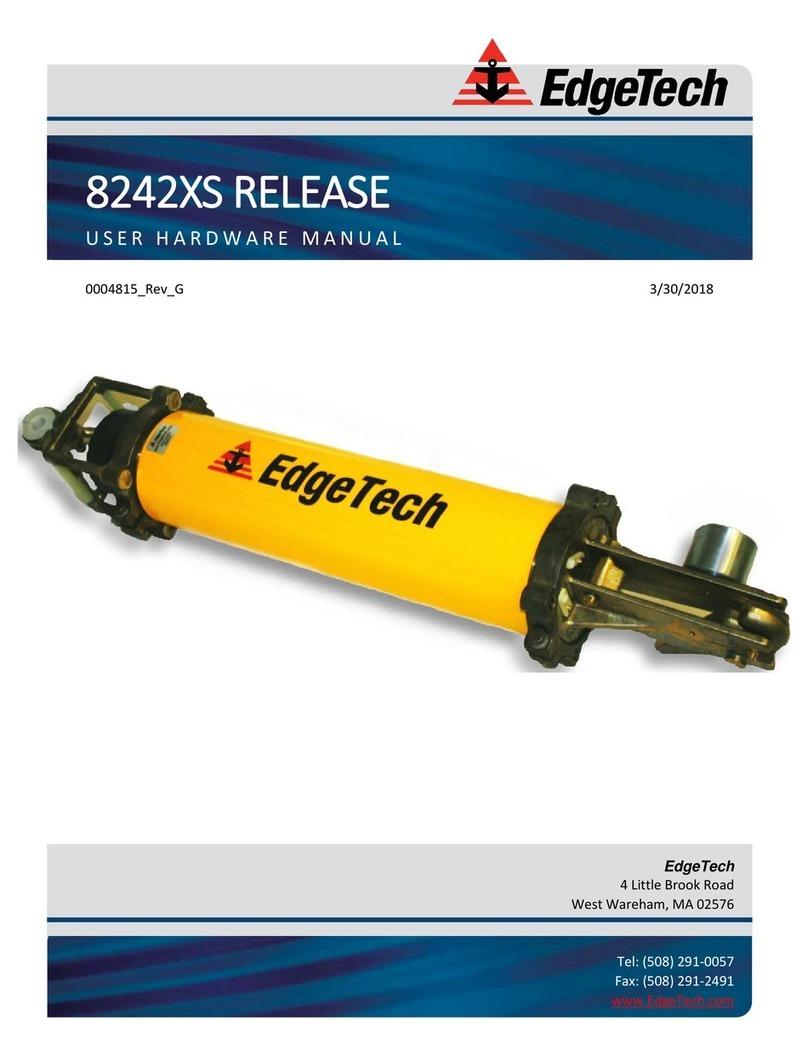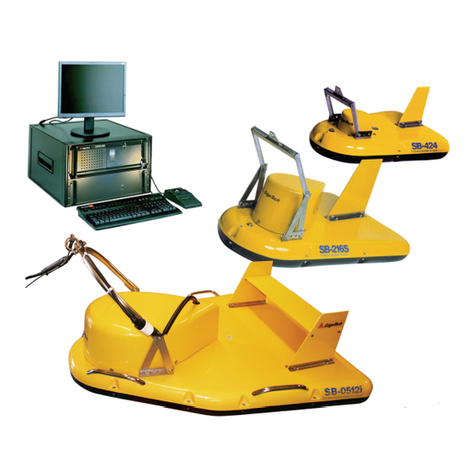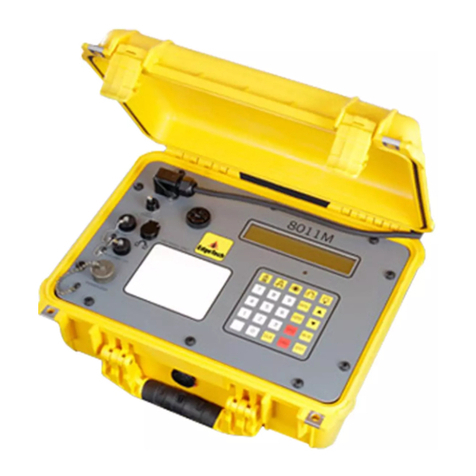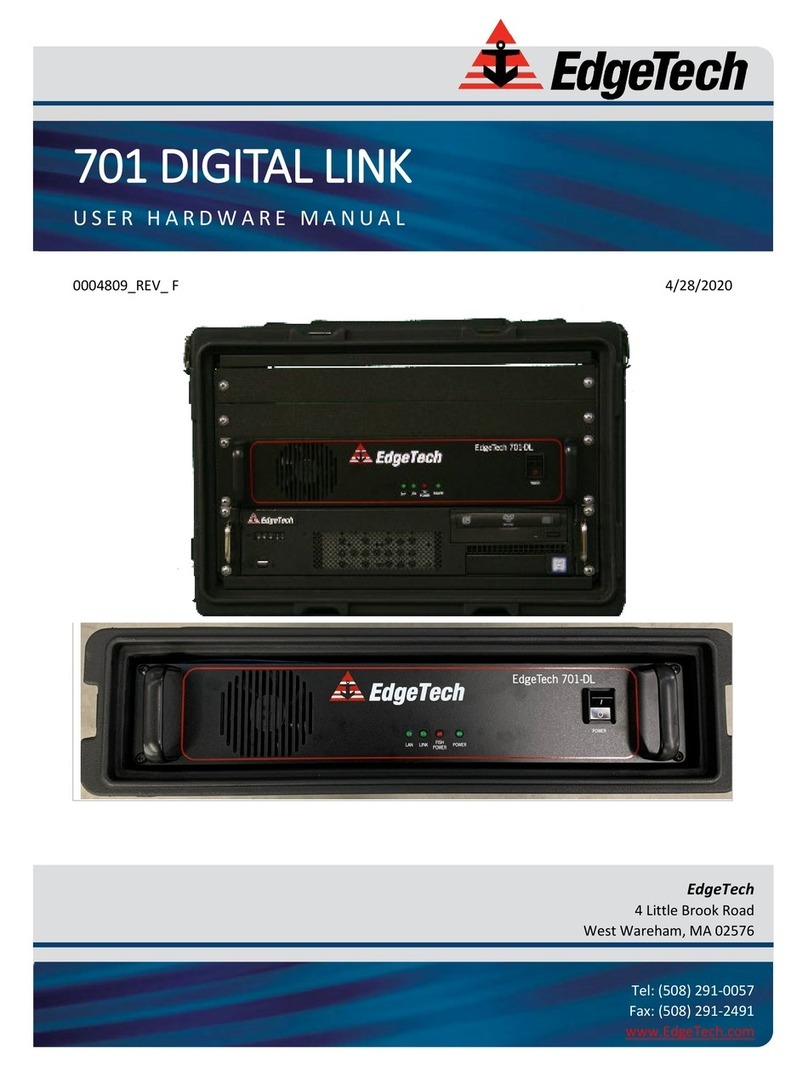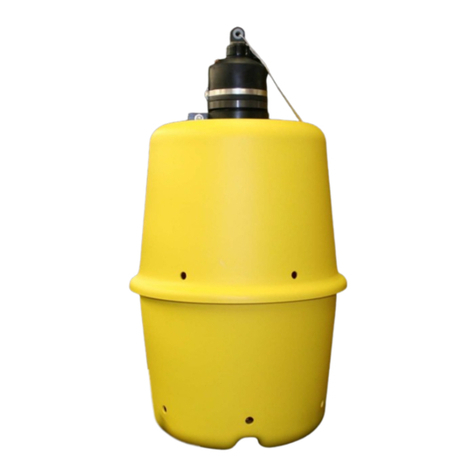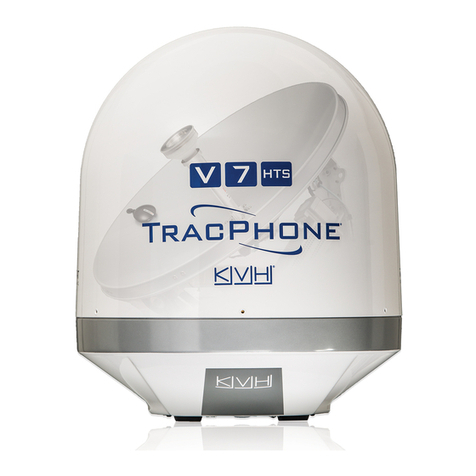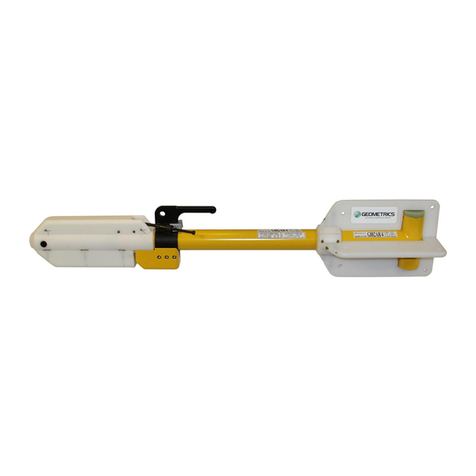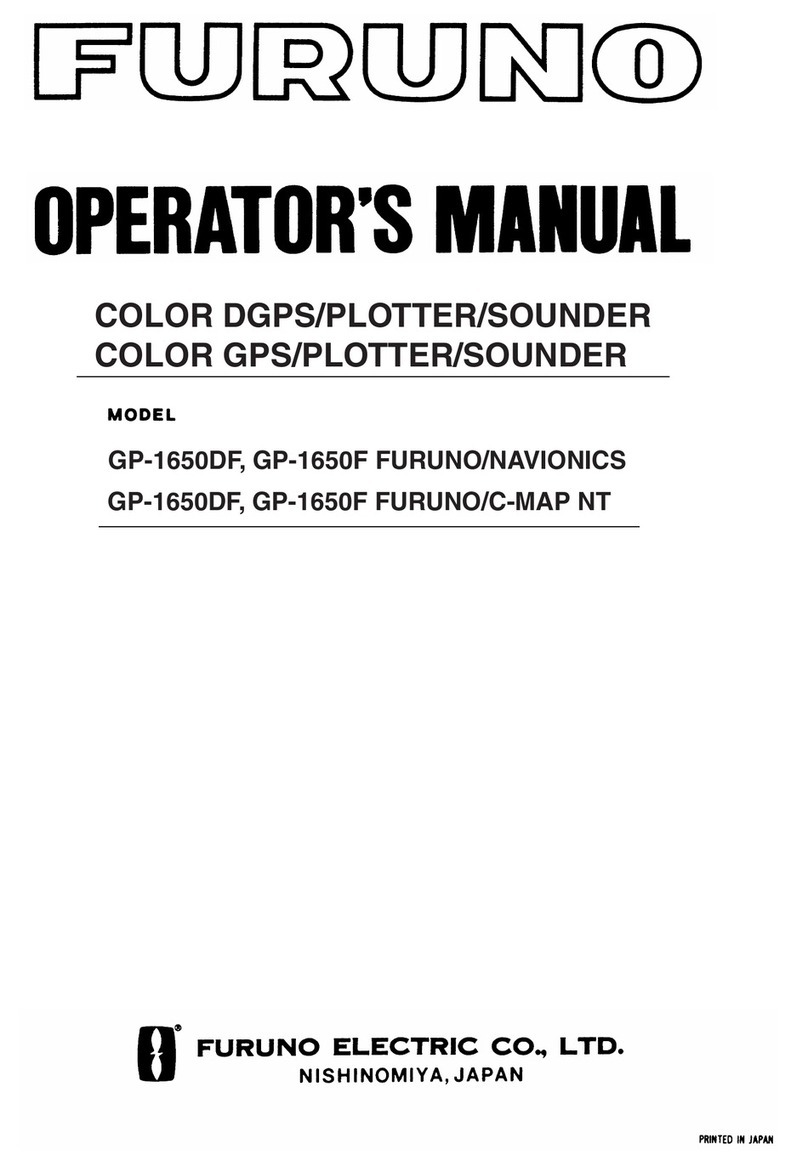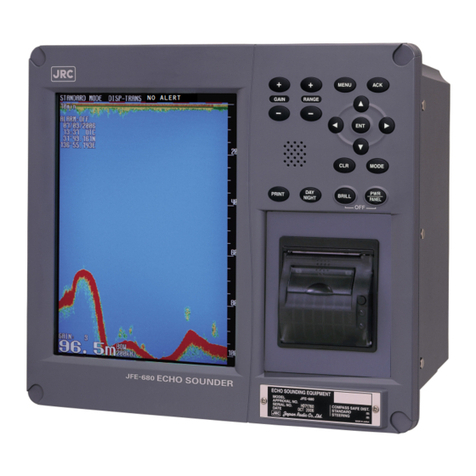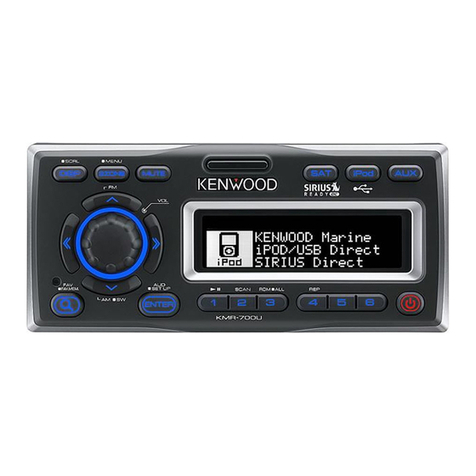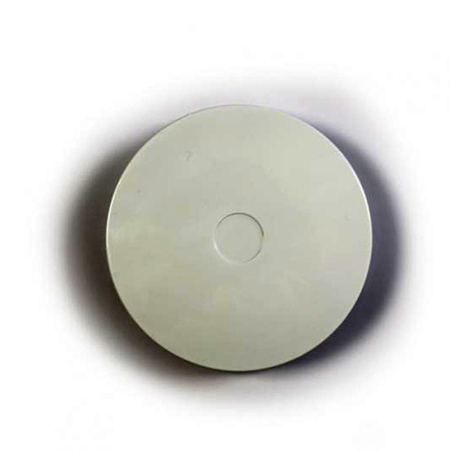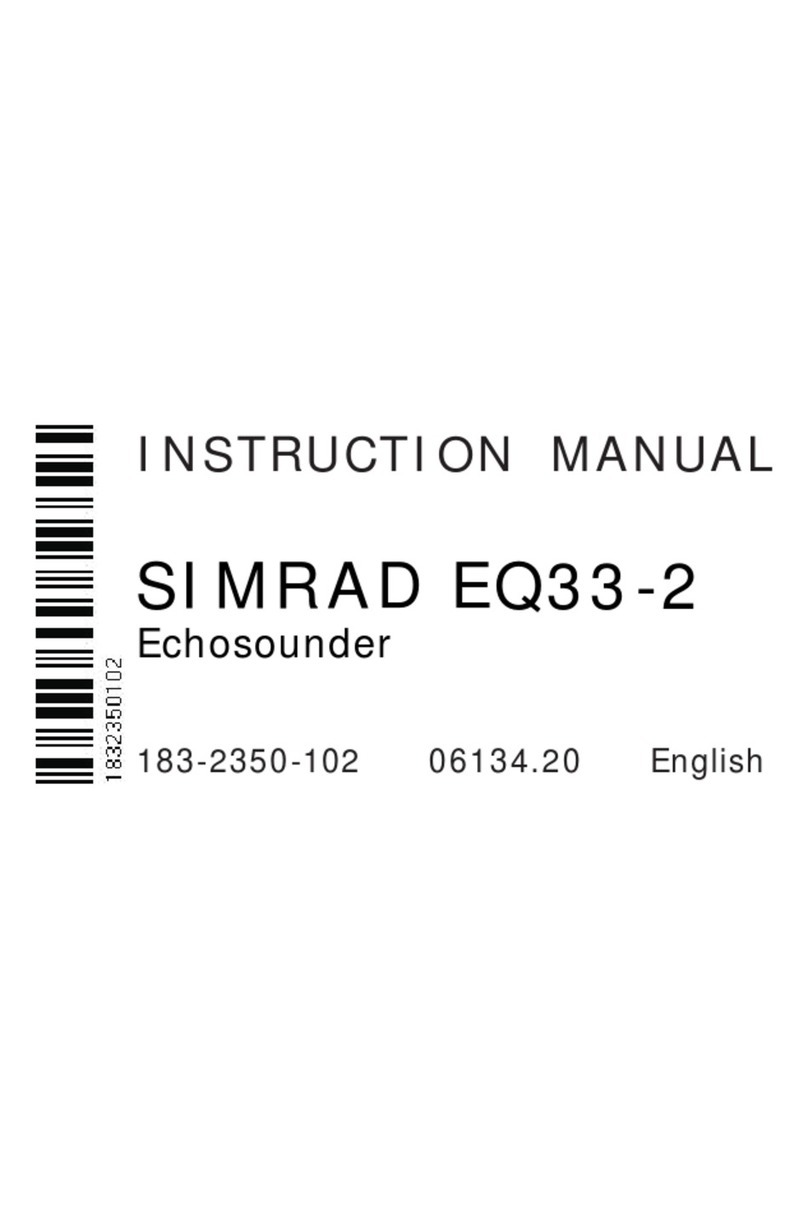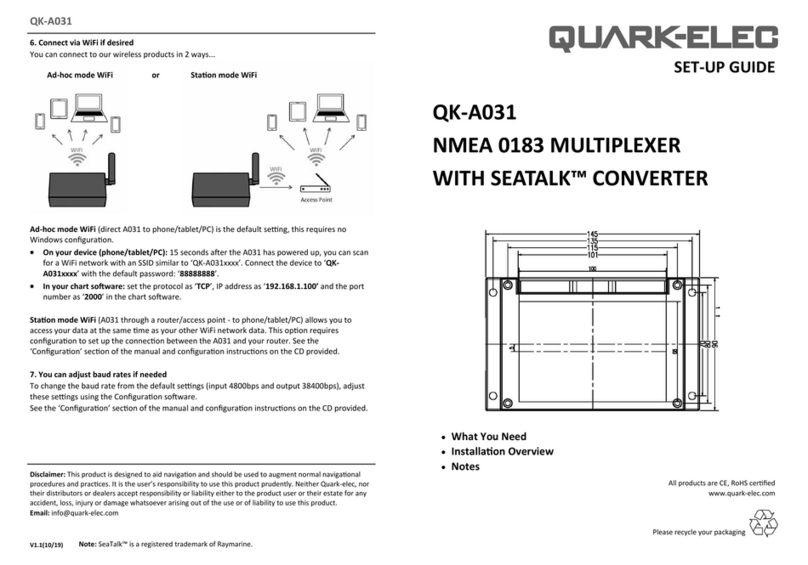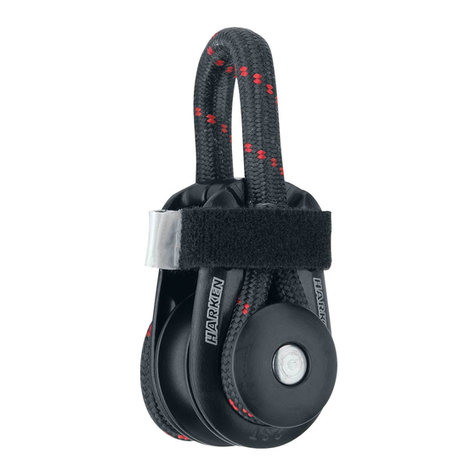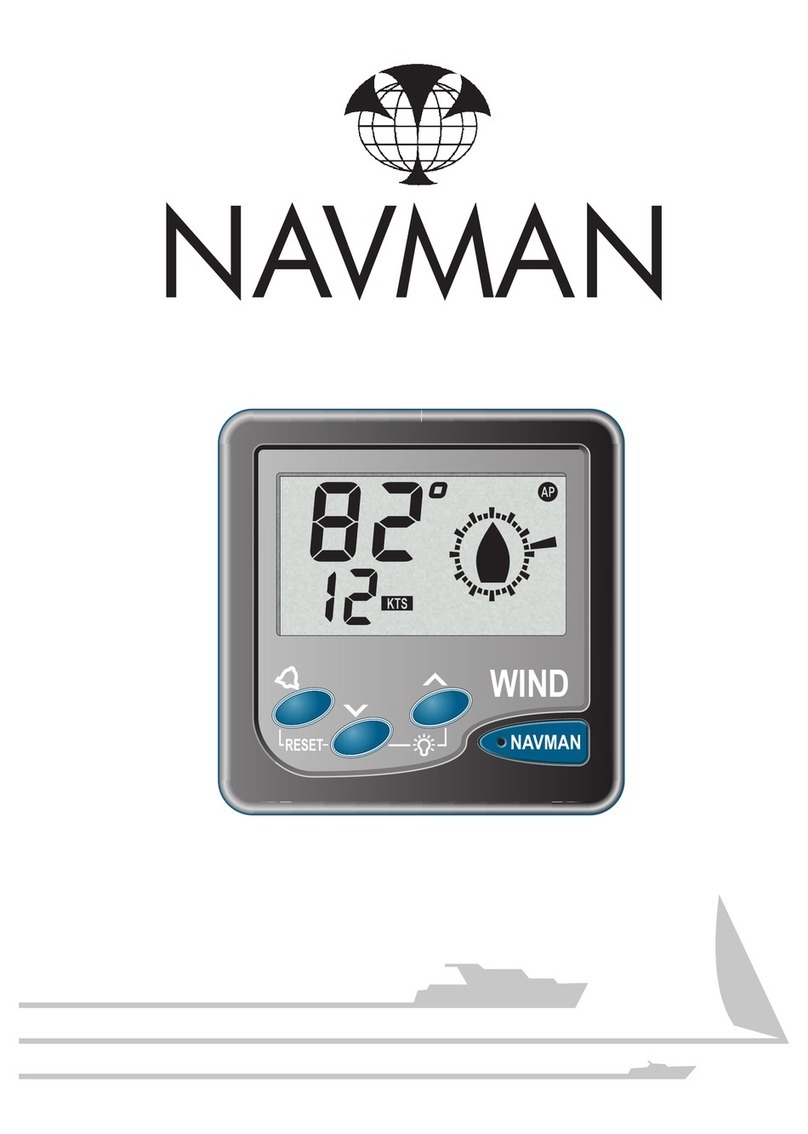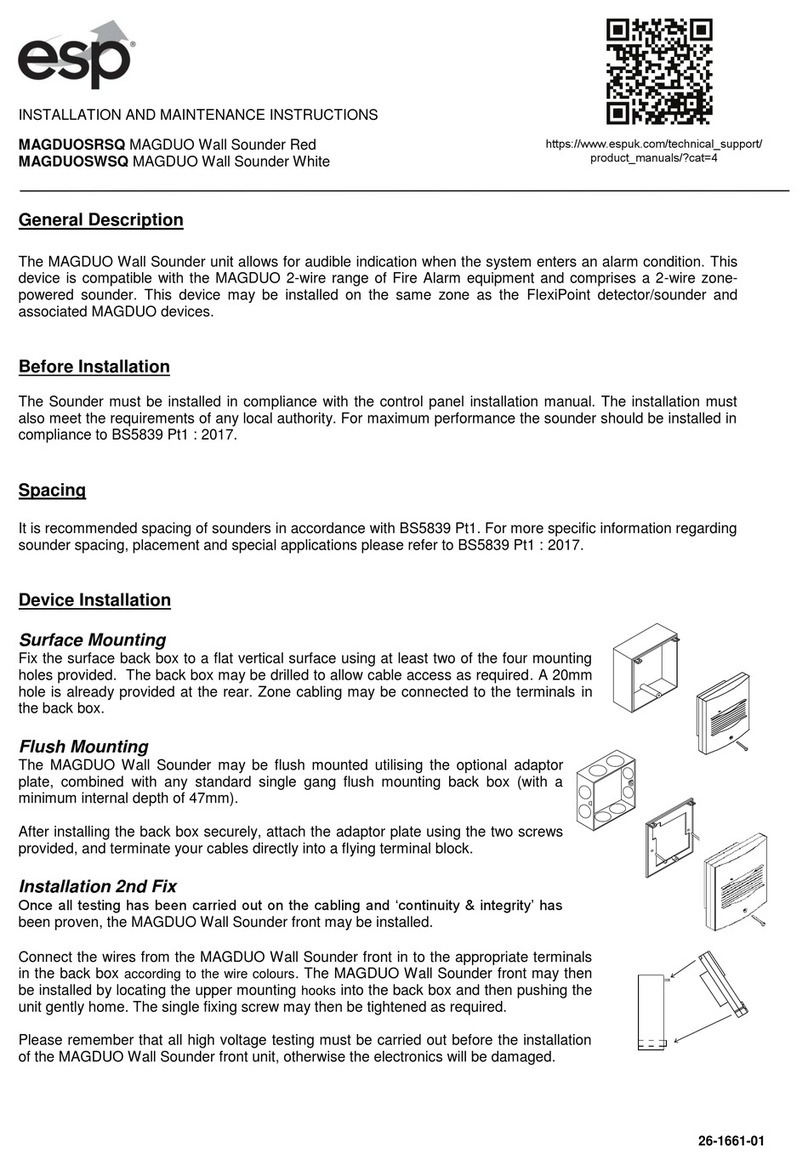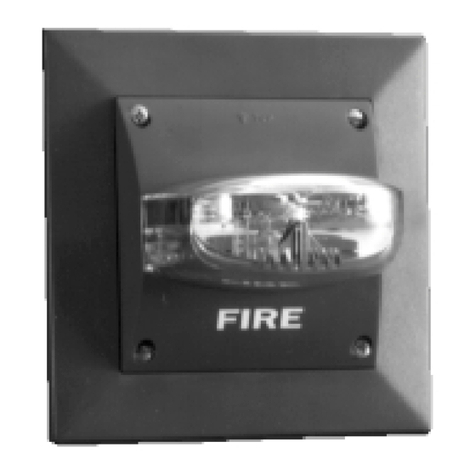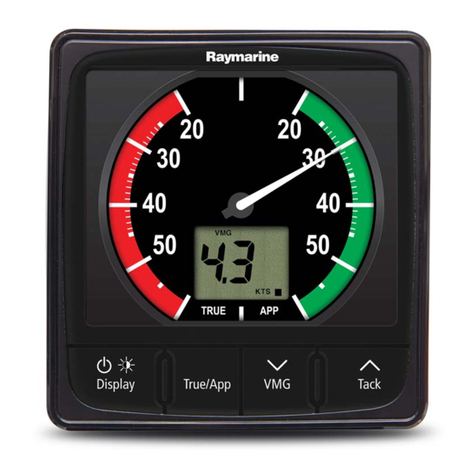
1.0: OVERVIEW 1-2
functions provide a significant SNR improvement in the acoustic image over other impulse and CHIRP
sonar with band-limited components that are limited in dynamic range.
1.1.2 Transducer Array
Acoustic projectors in the 3300-HM SBP system are constructed from wideband, piston-type transducers
and the acoustic receivers are a discrete line array of PZT crystals. The acoustic hull-mounted transducers
are designed for profiling at ship speeds varying from zero (drifting) to 7 knots.
The transducer array receives the low amplitude sub-bottom reflections, while a 24-dB gain preamplifier
amplifies and drives the signal through a 50-meter cable. A software-controlled, programmable gain
amplifier provides a final amplification stage before the signal is digitized with a 16-bit Analog-to-Digital
(A/D) converter at a sampling rate of 24, 40, 50, and 66 kHz. To achieve the theoretical temporal resolution
predicted by the inverse of the bandwidth, the FM pulse is compressed using a digital compression filter.
The correlation process is implemented in real-time, with forward and inverse Fast Fourier Transforms.
The compressed pulse resulting from this signal processing procedure has a time duration approximately
equal to the inverse of the bandwidth of the FM pulse.
1.1.3 Resolution
High temporal resolution allows for the measurement of fine layering. Good resolution is an important
factor in sediment classification, as it provides a more precise impulse response of the sediment, and, in
turn, a realistic picture of the true geologic variability of the seafloor and accurate determination of the
depositional processes. When the time duration of the processed pulse is too large, individual reflections
will be lumped together with random phase causing constructive and destructive interference, thereby
making it difficult to estimate the impedance and examine the geologic processes.
1.1.4 Processing Enhancements
In addition to the resolution improvement, correlation processing achieves a signal processing gain over
the background noise. This gain is approximately ten times the log of the time-bandwidth product. This
improvement is due to the signal having a time duration longer than the inverse of the bandwidth, thus
increasing signal energy without increasing the power of the outgoing pulse. To equal the typical
performance of the Full Spectrum sonar pulse, conventional pulse sonar would have to operate at a peak
pulse power of 100 times greater than the Full Spectrum pulse with a time-bandwidth product of 100.
Another important feature of the Full Spectrum Sub-Bottom Sonar is that the computer generates a signal
that optimizes the performance of the system. The sonar contains many components, each with a unique
dynamic range and linearity characteristic, which are frequency dependent.
In addition to this, the amplitude spectrum of the outgoing pulse is chosen to be approximately Gaussian
in shape in order to limit the side lobe level and temporal resolution losses due to attenuation. As a
wavelet with a Gaussian-shaped spectrum is attenuated by the sediment, energy is lost but its bandwidth



















